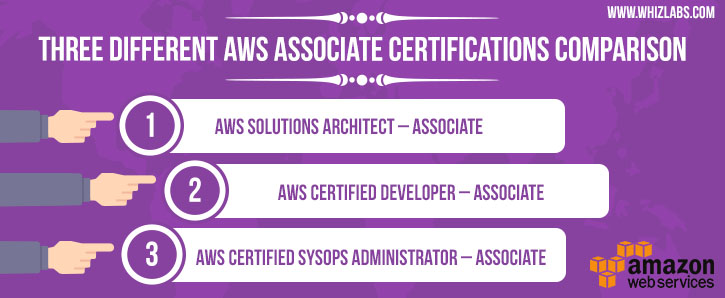Top 5 Agile Certifications in 2024 (Updated)
In this era where traditional methods of project development are not enough, Agile is the need of the hour. Demand for agile professionals has increased in the IT industry and also picking up in other areas of engineering as well. This demand triggers the need for Agile certifications which hiring organizations bank with. If you are an agile practitioner who wants to validate his skills and level up his career, you should get one of the top agile certifications. Just choose the right certification for you, check your eligibility, and go ahead. An agile certification will give you global recognition […]
Top 5 Agile Certifications in 2024 (Updated) Read More »







